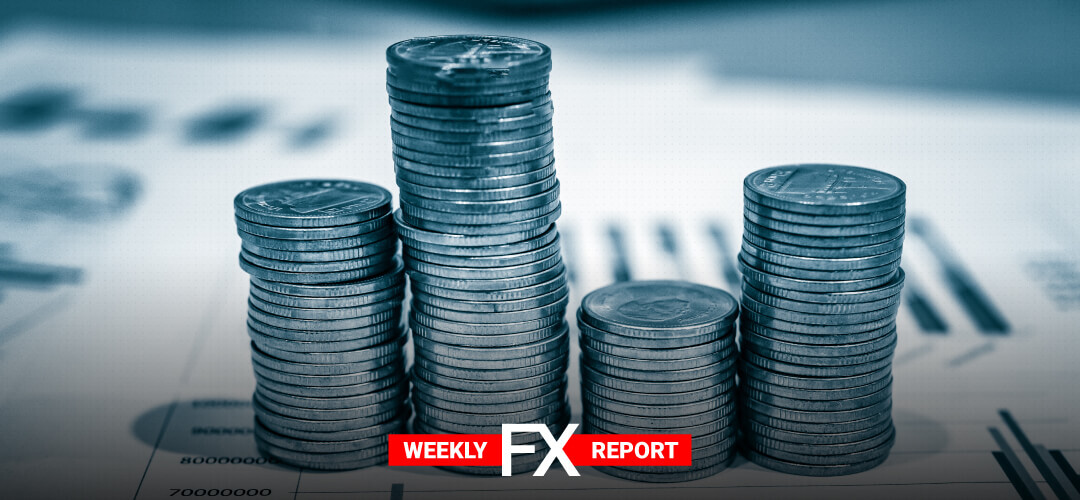Investors hope that the upcoming earnings season and fiscal and monetary policy talks will fuel an economic recovery from the coronavirus-induced downturn.
The start of a week kicks off the U.S. and European quarterly earnings season. The week ahead includes a summit over the European Union recovery fund and a European Central Bank policy meeting. Further, the ECB, Bank of Japan and Bank of Canada will make rate announcements.
Analysts do not expect a major move from the ECB. European leaders will meet on July 17-18 to hammer out details on the $750 billion euro recovery fund.
Markets bet the U.S. earnings season would see most companies beat forecasts given that the bar has been set low.
Investors are looking to incoming global economic data to determine whether the markets’ optimism on the economic outlook is justified. Economic indicators have so far shown a recovery from lockdowns.
Moreover, financial markets have taken comfort from trillions of dollars in stimulus. Hopes for progress in the development of a COVID-19 treatment are also supporting risk sentiment. Α potential vaccine for the coronavirus outweighed concerns about the surge in infections in the U.S. and around the world. Cases are spiking in places like Japan and India. The World Health Organization reported a record increase in global coronavirus cases on Sunday.
Investors also look to China, where economic recovery is gaining momentum as the outbreak has largely been contained. The slump in China’s exports likely eased in June as some countries reopened their economies. Imports contracted less sharply on higher crude oil and commodities purchases
Britain is urging businesses and individuals to prepare for the Dec. 31 end of the Brexit transition period. The government runs an information campaign titled: “The UK’s new start: let’s get going.”
START TRADINGLQDFXperts – Upcoming earnings season to test markets
Investors bought into risk-sensitive currencies on bets that the worst of the pandemic’s sweeping impact was over. Sterling has been the best-performing currency so far in July as traders moved into more risky assets such as equities.
EUR/USD posted slight gains last week. The greenback had ended its third week of losses on Friday as investors bought into risk-sensitive currencies. The U.S. currency posted its largest weekly percentage loss against a basket of major currencies in a month. Looming large for the euro was a planned EU summit on July 17-18, where leaders must bridge gaps on long-term budget.
GBP/USD gained 1.1% last week for a second successive week. Boosted by improved risk sentiment and fiscal stimulus recently announced by the UK finance minister, the British pound is attracting investor attention. The British currency has risen nearly 2% so far this month.
For a fourth straight week, the Dollar/yen pair continued to show limited movement. The Japanese currency continues to drift. The yen has been trading in a narrow range, as one-month implied and historical volatility close to its record low.
AUD/USD was almost unchanged last week, as the pair was content to stay close to the 0.6960 line. In general terms, AUD/USD had an excellent Q2, with gains of 12.0%. Australian inflation levels rebounded in May, with a gain of 0.6%. The RBA maintained rates at 0.25%, where they have been pegged since March.
The USD/CAD pair showed small gains following its best weekly gain in a month. Lower oil prices are weighing on the Canadian dollar. The week wrapped up with mixed employment data. The unemployment rate fell to 12.0%, down from 13.7%. However, this was higher than the estimate of 12.3%.
The week ahead – Corporate earnings season starts this week
The U.S. corporate earnings season starts this week, providing another window to assess the damage from the pandemic. Investors are looking to the upcoming earnings season as well as to looming economic data from around the world.
- Investors are waiting for the U.S. consumer inflation figures for June on Tuesday (14.07). Also, China will release its June trade data on Tuesday. Further the interest turns to the Australian Employment Report where a strong rebound is expected and to the British GDP. Analysts are projecting a rebound in May, with a forecast of 5.0%.
- On Wednesday (17.07) the Bank of England will release the British Inflation. In May, inflation was 0.5%, down from 0.8% beforehand. Analysts expect another reading of 0.5% in the upcoming release. On the same day the Bank of Japan and the Bank of Canada will publish their Rate Decisions respectively. The BoJ will probably maintain current monetary policy. Investors will be keeping a close eye on the tone of the bank’s rate statement. The Bank of Canada will probably maintain interest rates at 0.25%.
- On Thursday (16.07) investors turn their attention to the US retail sales, a key gauge of consumption. Further, China will release a batch of data, including second quarter the Chinese GDP.
- On Friday (17.07) the Eurozone Inflation will be under the spotlight. In May, the headline reading came in at 0.1%, down from 0.3% a month earlier. The estimate for June stands at 0.3%.
Follow this week’s economic calendar.
PLEASE NOTE The information above is not investment advice.
Sources: Reuters, CNBC, BBC, The Guardian
